The 3rd Asia-Pacific CBR Congress
Title: Poverty reduction through Community-based Inclusive Development (CBID) in Bhutan: Land of Gross National Happiness.
Community-Based Inclusive Development (CBID) is the best method to empower persons with disabilities (PWDs) and also to sustain the development of the community. The theme chosen for the Congress, "Poverty Reduction through Community-based Inclusive Development and Sustainable Development Goals” is very relevant at this critical juncture when we are emphasizing the shift of CBR from the medical to the social model. I like to express my appreciation and gratitude for the effort and energy the organizers have put in making the congress a successful and meaningful event. Japan is among the most generous in extending development assistance for the well being of the larger human society and Bhutan is a grateful beneficiary. Therefore, it is timely that this very important event is taking place in the great city Tokyo. Japan with its economic success and generous policy, DPOs and individual PWDs in Asia and Pacific region benefited in developing infrastructure and capacity for more than half a century.
According to the World Report on Disability, 2011, over one billion people, or approximately 15 per cent of the world’s population, live with some form of disability. Around the world, persons with disabilities face physical, social, economic and attitudinal barriers that exclude them from participating fully and effectively as equal members of society. PWDs are disproportionately represented among the world’s poorest, and lack equal access to basic resources, such as education, employment, healthcare and social and legal support systems, as well as have a higher rate of mortality. In spite of this situation, disability has remained largely invisible in the mainstream development agenda and its processes.
The international disability movement seem to have achieved many outstanding results. For instance, in 2006, adoption of the Convention on the Rights of Persons with Disabilities was a milestone achievement. The Convention follows decades of work by the United Nations to change attitudes and approaches to disability that would ensure the full equality and participation of persons with disabilities in society. The Convention is intended as a human rights instrument with an explicit, development dimension. However, to realize equality and participation for persons with disabilities, disability issues must be included in all development processes, now more importantly, in the new emerging post-2015 development framework.
The UN General Assembly has repeatedly emphasized that the genuine achievement of the Millennium Development Goals (MDGs) and other internationally agreed development goals, requires the inclusion and integration of the rights, and well-being, as well as the perspective of persons with disabilities in development efforts at national, regional and international levels.
It is heartening to know that in 2011, the General Assembly convened the High Level Meeting on Development and Disability (HLMDD) at the level of Heads of States and Governments, under the theme: “The way forward: a disability inclusive development agenda towards 2015 and beyond.” It was crucial that such an important High Level Meeting was held at a strategic timing of the UN history. It took place five years after the UN Convention on the Rights of Persons with Disabilities entered into force, two years after the release of the World Report on Disability and two years away from 2015 -- the target date for the achievement of the Millennium Development Goals (MDGs) -- and thereafter, the commencement of the post-2015 agenda and new development priorities.
The HLMDD Outcome that was adopted is an action-oriented document that provides policy guidance that helps to translate the international commitment for a disability-inclusive society into concrete actions and to strengthen global efforts to ensure accessibility for and inclusion of persons with disabilities in all aspects of society and development. The Congress provides opportunities for participation by all stakeholders – Governments, the UN system, civil society and organizations of persons with disabilities – to focus on issues related to the inclusion of persons with disabilities in development, both as beneficiaries and agents.
Bhutan is most popularly known as the happy nation through its developmental policy of Gross National Happiness. Within the ambit of the GNH, poverty reduction is given the main thrust in the current development plan. This has the implication to create an environment conducive for the growth and empowerment of the PWDs through promotion of both non-governmental organizations and within the government organizations. Despite the initiation of a CBR program since 1997, PWDs in Bhutan are challenged by the tough geographical terrain and also unfriendly developmental structures. The need for better inclusiveness and empowerment of the PWDs has led to the establishment of three Disabled People’s Organizations (DPO) namely Draktso, Ability Bhutan Society and Disabled Persons’ Association of Bhutan. Those three non-governmental agencies have been the pioneers and crucial in paving the way of taking care of the needs of the PWDS and providing a platform for advocacy and activism.
In Bhutan, CBR was introduced in 1997. Initially, CBR implementation consisted of training the physiotherapy and primary health care staff in the concept and use of the CBR Manual. Training of Community health workers created a very good opportunity in understanding the concept of disability issues and rehabilitation strategies, but the practical impact in the lives of PWDs have been very minimal. This was partly due to busy schedule of the health workers with their regularly preventive and curative programmes, and also rehabilitation of PWDs is not a short term treatment but a continuous long term process. Besides, health professionals normally followed medical model and could not grasp the concept of Social model. This created one way rehabilitation process rather than interactive and participatory approach of implementing CBR strategies in the community.
To empower PWDs, three Disabled People’s Organizations were formed and formally registered. Draktso provides vocational trainings to PWDs who could not access formal education or those unable to continue higher education. Ability Bhutan Society is another registered DPO providing rehabilitation services to children with disabilities and to support parents who require advice and motivation. Disabled Persons’ Association of Bhutan (DPAB) was formed by a group of disabled persons to be the voice of the disabled persons. DPAB aims to advocate the challenges and issues related to disability. DPAB will campaign for the ratification of UNCRPD and also facilitate to pass disability acts.
In Bhutan, mountainous terrain is the greatest challenge for persons with mobility disabilities. For a person in wheelchair, it is difficult to move independently even inside or around their own home. The problem is not only with environmental obstacles but also with architectural designs. Even the commonly used public buildings such as post offices, banks, cinema halls and hotels are not wheelchair user friendly. Unavailability of adequate assistive devices such as strong wheel chairs to tread in the environment in Bhutan is a big challenge. Assistive devices including wheelchairs, crutches, hearing aids and all other modalities are imported, mostly from India. Often, the devices are not available in the store when needed by clients. Sometimes it takes months before the devices can be ordered and purchased.
People’s attitudes are another obstacle for creating an inclusive society. Often out of sympathy or frustration, persons with disabilities are either over-protected or neglected. When a paraplegic person is sent home after discharge from the hospital, he-she often has to stay on bed more or less for 24 hours depending on access to proper seating options such as cushions and wheelchairs.As a result, the person develops pressure sores or other complications.
To tackle some of these problems, the Ministry of Health planned to establish a rehabilitation resource centre since 1997. However, due to financial and human resource constraints, it has not been materialized yet. Such a center will be very useful to rehabilitate PWDs and also to provide moral and practical supports such as counselling, walking aids and other assistive devices. The center could also serve as a backup facility both human resource and provision of assistive devices to the PWDs in the community.
Despite of GNH development policy, Bhutan is far behind in achieving the Community-based Inclusive Development for PWDS. Some of the greatest challenges faced by PWDs in Bhutan are difficult and rugged mountainous terrain, inaccessible architectural design and unavailability of adequate assistive devices. We the PWDs are trying hard to advocate the public well as the policy makers, contribute to the socio-economic development of the country and supporting our colleagues who have less opportunities in access to education and employment. We have come a long way since the only facility for the PWDs was a school for the blind started in 1973. Now there are 8 integrated schools for mild to moderate children with disabilities, a school for blind and low vision, a school for the deaf children and 3 DPOs mentioned in this paper. I wish to learn much from this congress and use it the future development of facilities and strategies in my country.
I like to thank the organizers of this congress for making the event interesting and successful.
Thank you and Tashi Delek,
Sanga Dorji, Bhutan.
Slide 1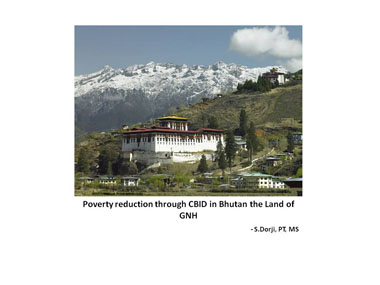 (Slide 1 text)
(Slide 1 text)
Slide 2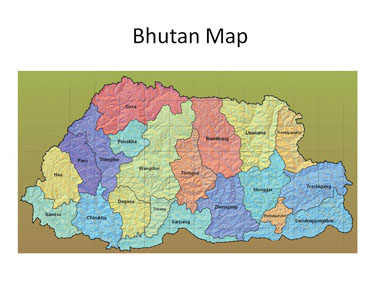 (Slide 2 text)
(Slide 2 text)
Slide 3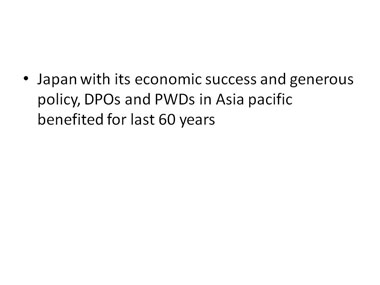 (Slide 3 text)
(Slide 3 text)
Slide 4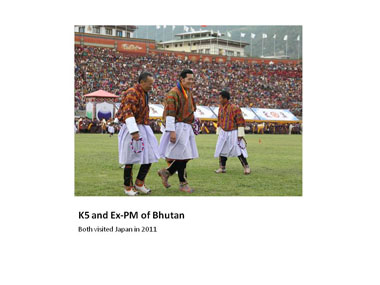 (Slide 4 text)
(Slide 4 text)
Slide 5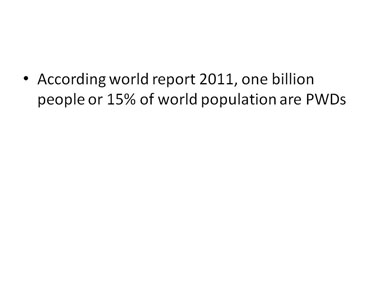 (Slide 5 text)
(Slide 5 text)
Slide 6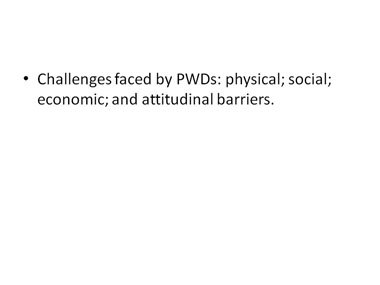 (Slide 6 text)
(Slide 6 text)
Slide 7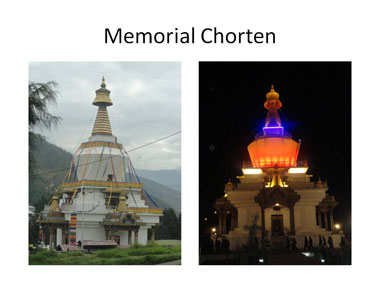 (Slide 7 text)
(Slide 7 text)
Slide 8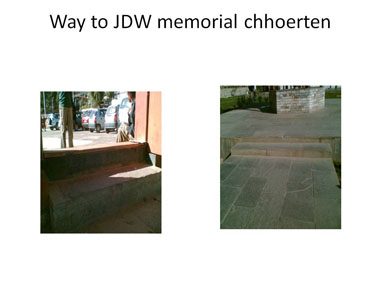 (Slide 8 text)
(Slide 8 text)
Slide 9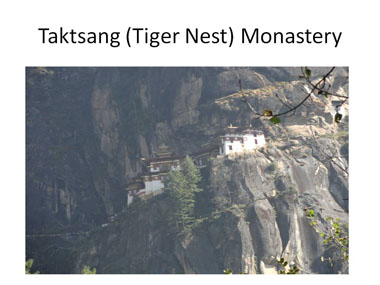 (Slide 9 text)
(Slide 9 text)
Slide 10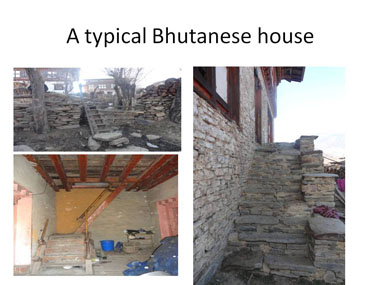 (Slide 10 text)
(Slide 10 text)
Slide 11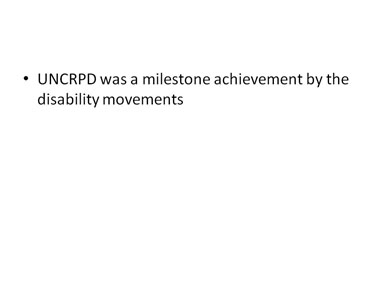 (Slide 11 text)
(Slide 11 text)
Slide 12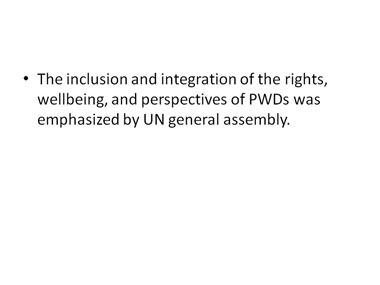 (Slide 12 text)
(Slide 12 text)
Slide 13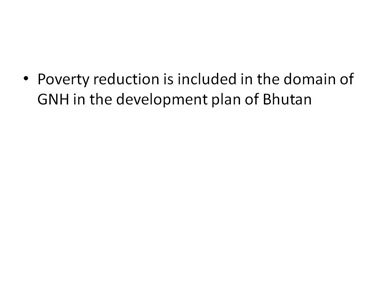 (Slide 13 text)
(Slide 13 text)
Slide 14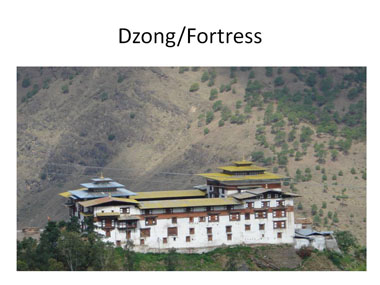 (Slide 14 text)
(Slide 14 text)
Slide 15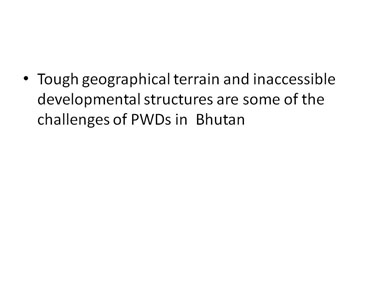 (Slide 15 text)
(Slide 15 text)
Slide 16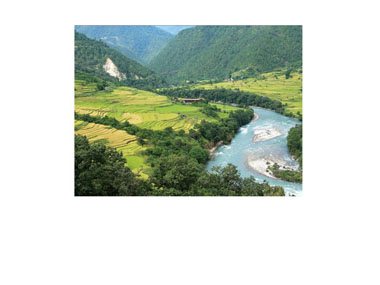
Slide 17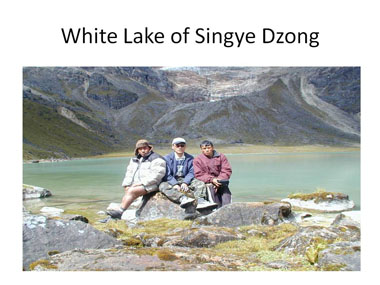 (Slide 17 text)
(Slide 17 text)
Slide 18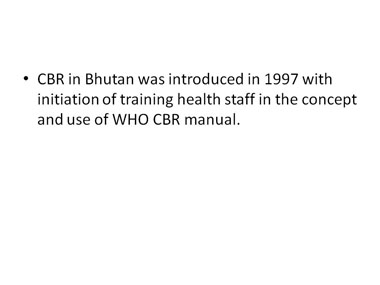 (Slide 18 text)
(Slide 18 text)
Slide 19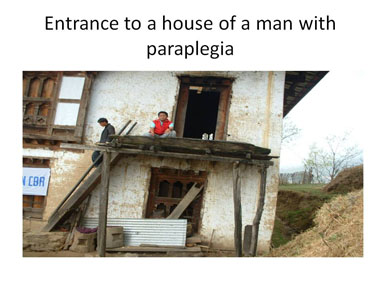 (Slide 19 text)
(Slide 19 text)
Slide 20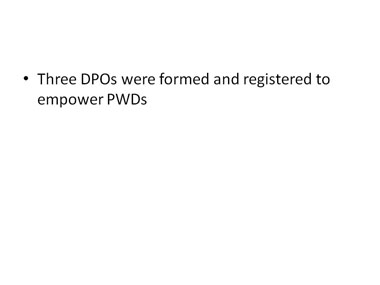 (Slide 20 text)
(Slide 20 text)
Slide 21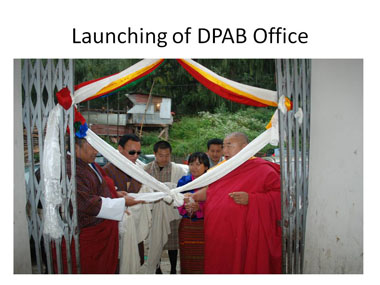 (Slide 21 text)
(Slide 21 text)
Slide 22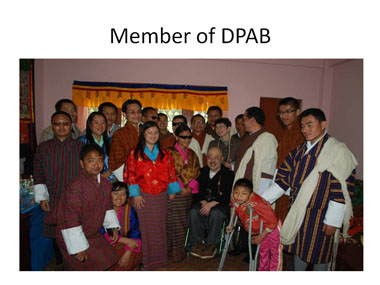 (Slide 22 text)
(Slide 22 text)
Slide 23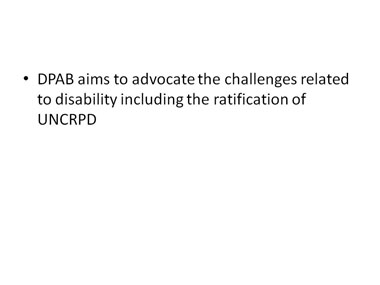 (Slide 23 text)
(Slide 23 text)
Slide 24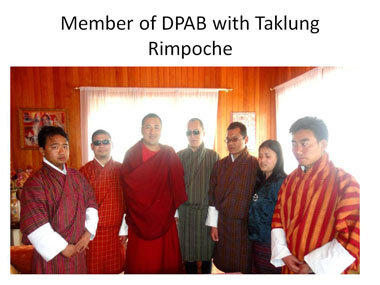 (Slide 24 text)
(Slide 24 text)
Slide 25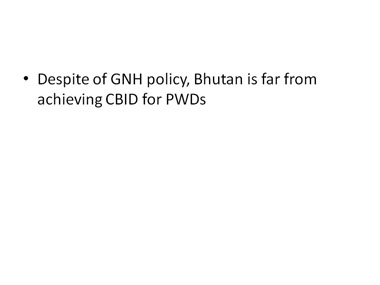 (Slide 25 text)
(Slide 25 text)
Slide 26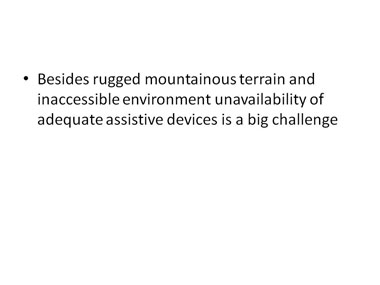 (Slide 26 text)
(Slide 26 text)
Slide 27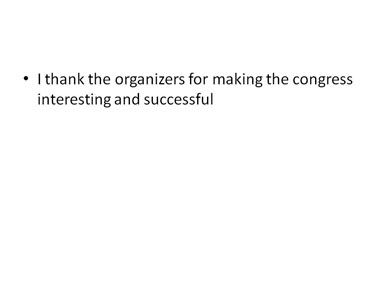 (Slide 27 text)
(Slide 27 text)
Slide 28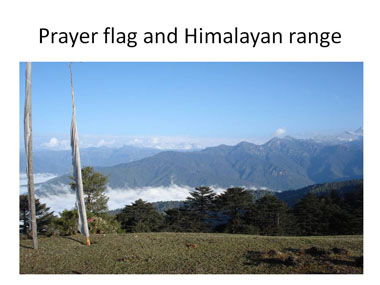 (Slide 28 text)
(Slide 28 text)
Slide 29 (Slide 29 text)
(Slide 29 text)
